Posted by Kasia Ozga
Milk bar
published on : June 24, 2025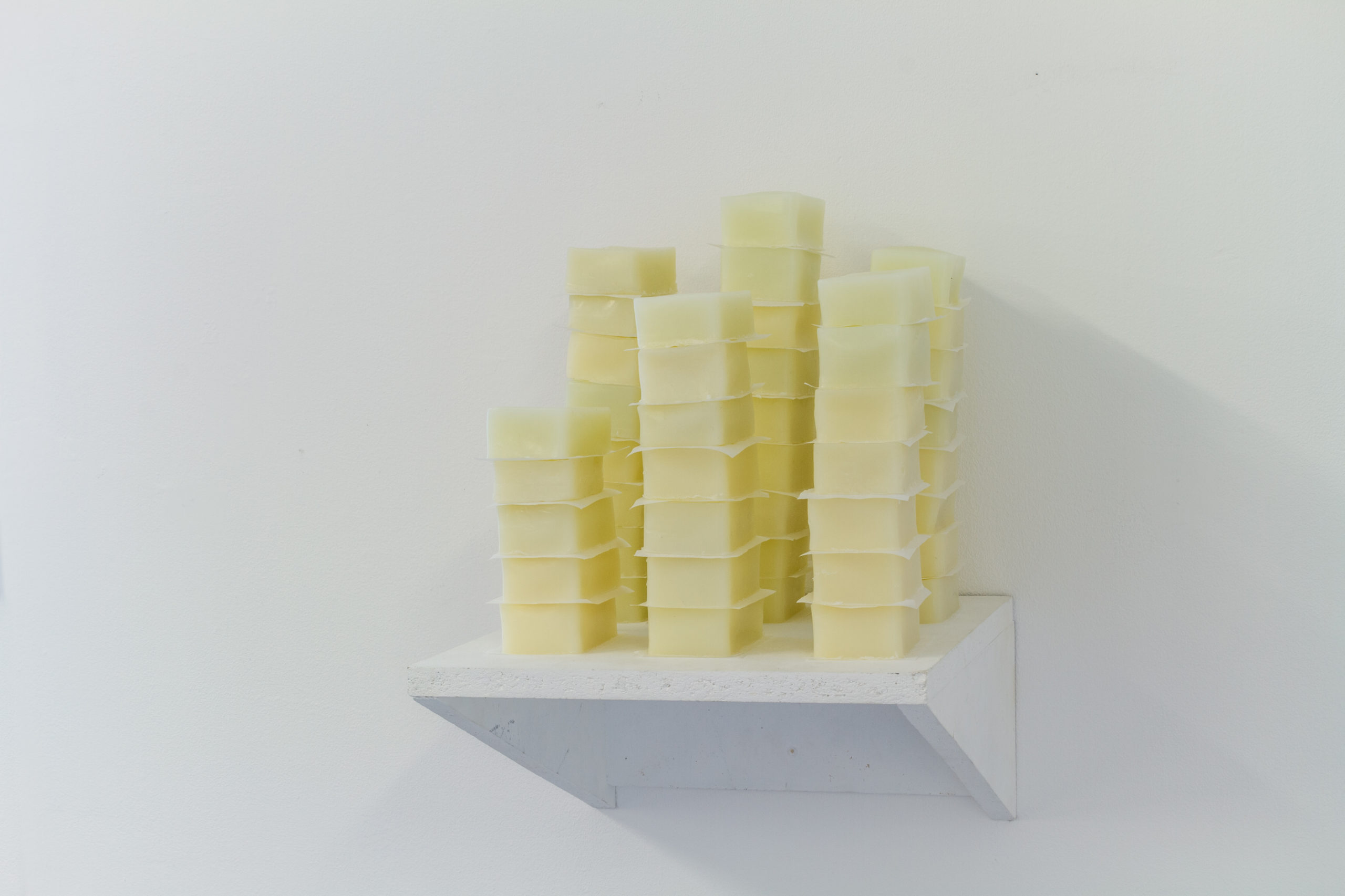
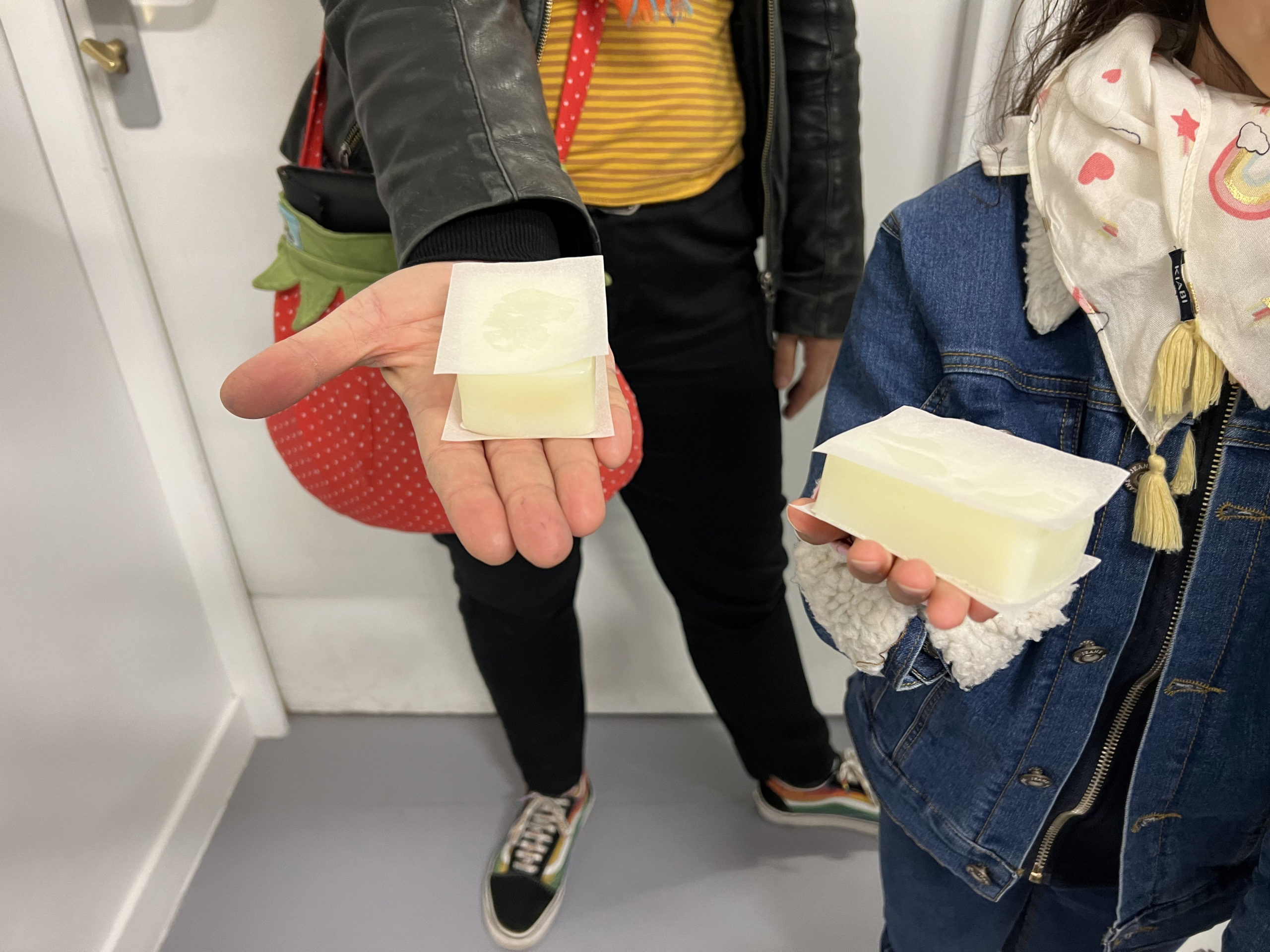
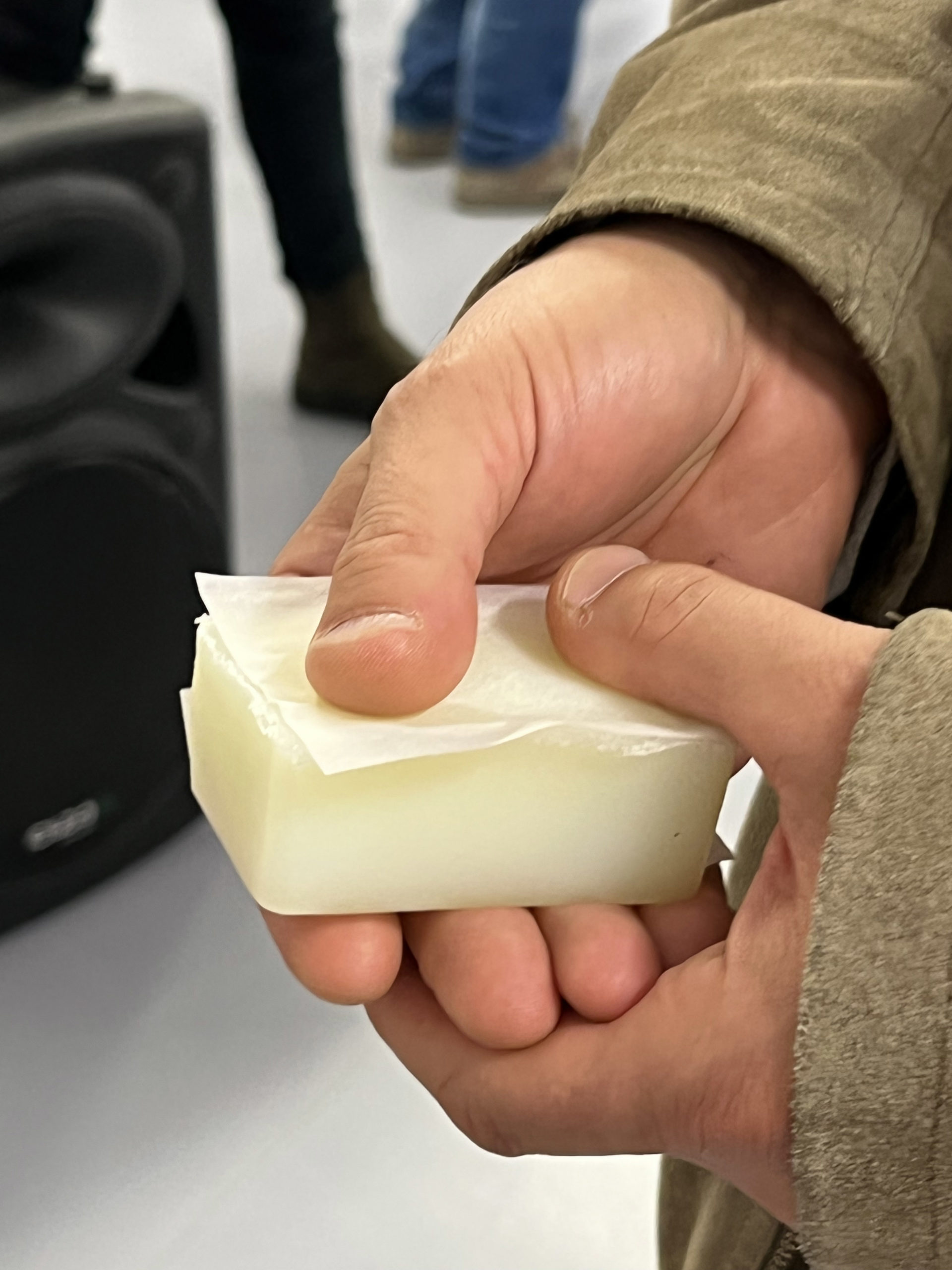
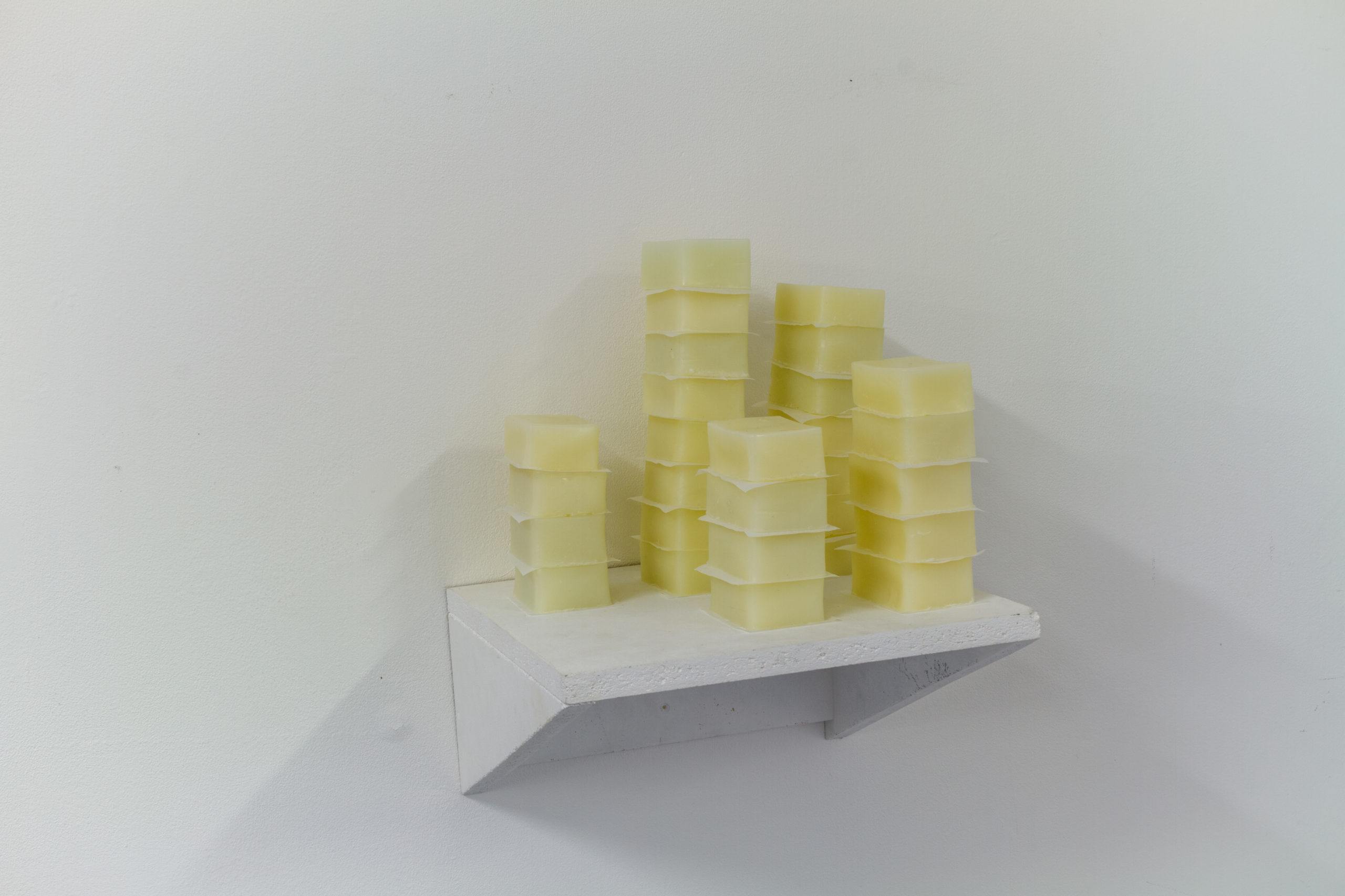
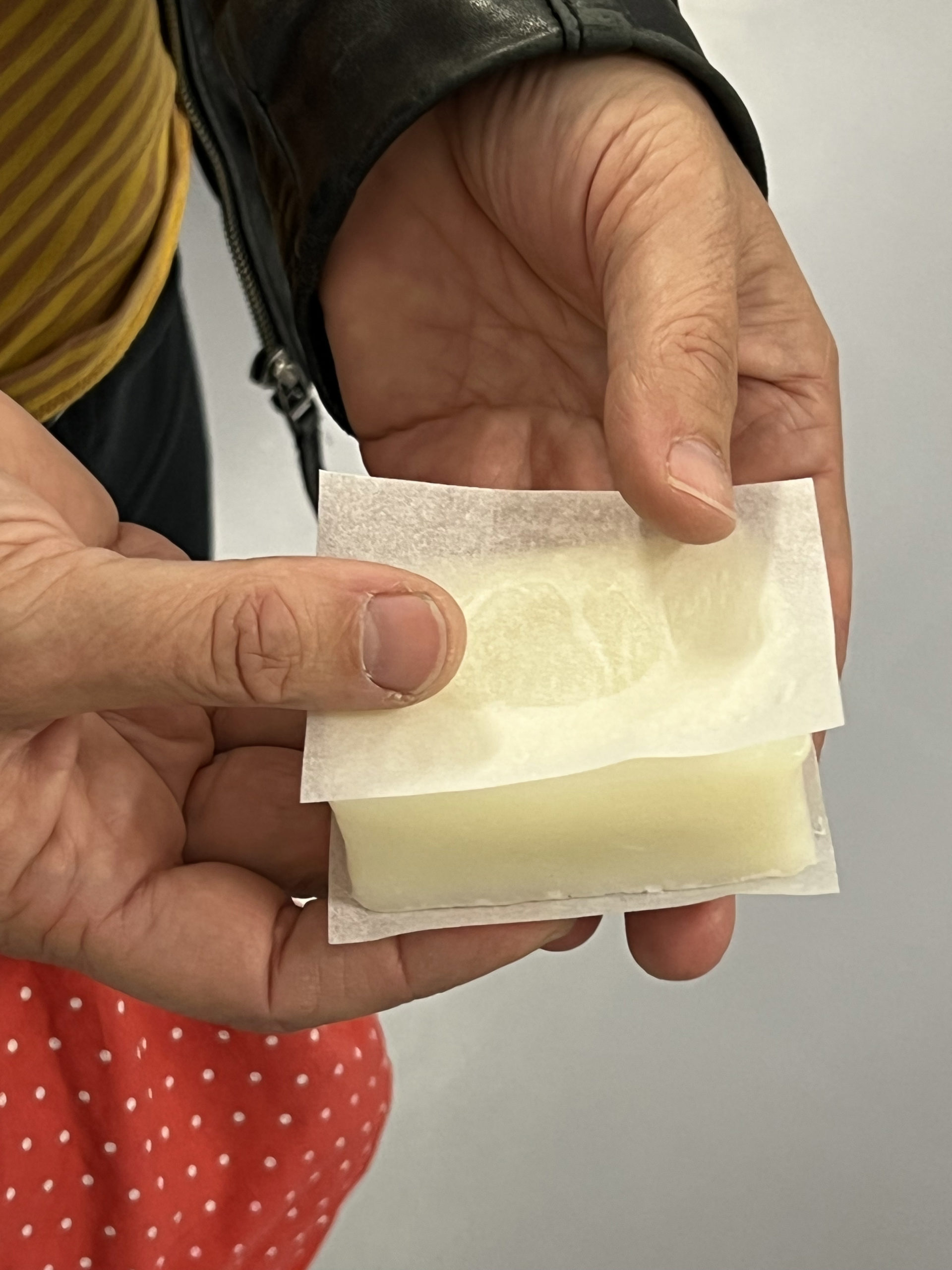
In September, I flew to France alone for a week to hang a solo show Œkoumène (Ecumene) at l’Angle, an art center in La Roche-sur-Foron in the Alps. I have a 9 month-old baby that I usually breastfeed multiple times a day. I collected all of the breast milk that my body produced as I was preparing my exhibition and turned it into soap. The bars of soap were given away for free to the public during the show’s opening night. My action came from a desire to foreground the relationship between my body right here (right now) and the neutral white cube of the exhibition space.
First published on October 2022
Women Life Freedom
published on : June 11, 2025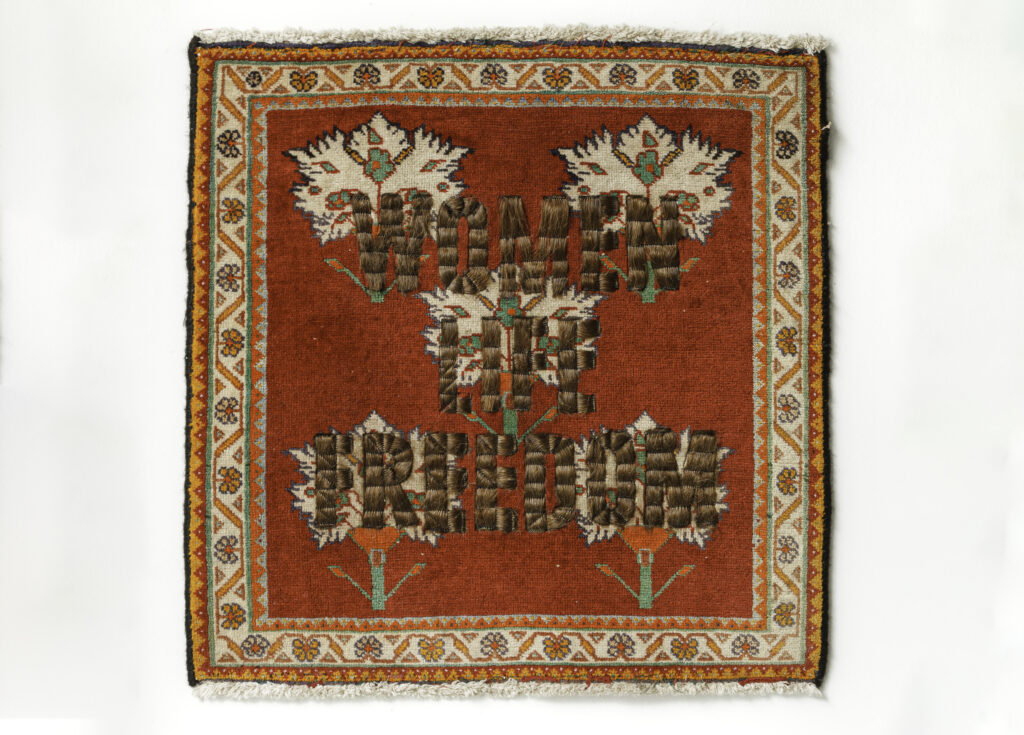
Ukraine, August 26, 2007
published on : May 20, 2025
First published in March 2020
Don’t Bite the Hand
published on : February 11, 2025
Carry That Weight
published on : December 3, 2024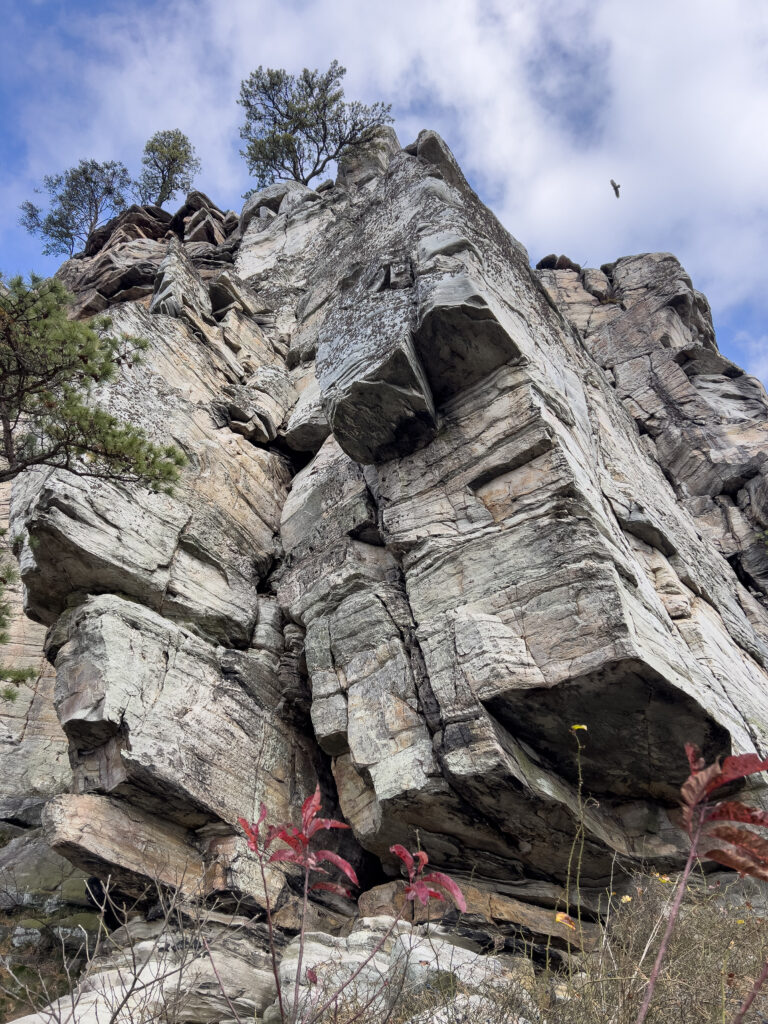
I looked up at this rocky ledge, layers of quartzite extending between me and the sky above and descending straight down into the valley below. The weight of the wall made my head spin, threatening to overpower individual polar-fleece-clad bodies scrambling along a narrow walking path. I could picture the stone crushing everything in its’ wake. Mass deportation.
Twice the population of Sweden. Removed.
Feeling like this rock or Antony Gormley’s Space Station or Richard Serra’s steel could fall on me (but probably won’t).
But the hammer has fallen on others before. It’s falling 6,117 miles away and will fall here again soon enough (after all, I am a woman in a “red” state).
The Cheraw people, also known as the Saraw or Saura, were a Siouan-speaking tribe of Indigenous people of the Southeastern Woodlands that called this mountain “Jomeokee”, meaning “great guide.” On my drive home, I saw a bumper sticker with the words “No one is illegal on stolen land.” I made my husband stop the car so that I could take a picture.
Open (for Business)
published on : November 6, 2024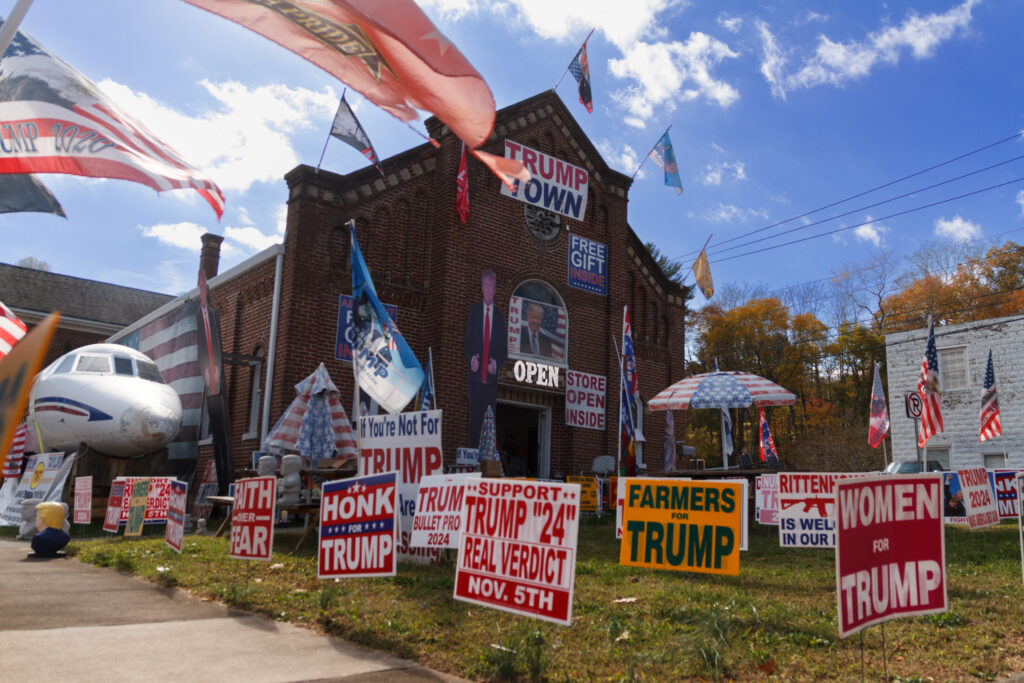
Asheville, NC
published on : October 1, 2024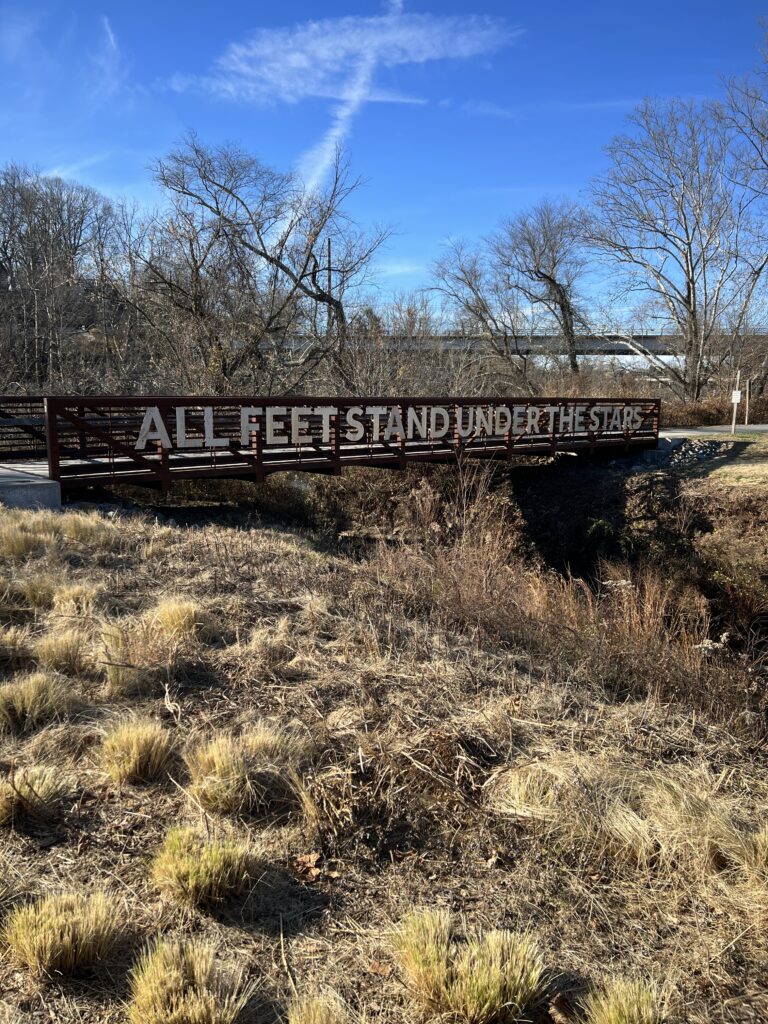
I took this photo in Asheville, North Carolina 10 months ago. 2 days ago, Hurricane Helene covered the River Arts District in rain and loss as flood waters swept through low-lying areas of the mountain town. I don’t know if the sign (or the bridge) is still standing.
Home Sweet Home
published on : October 1, 2024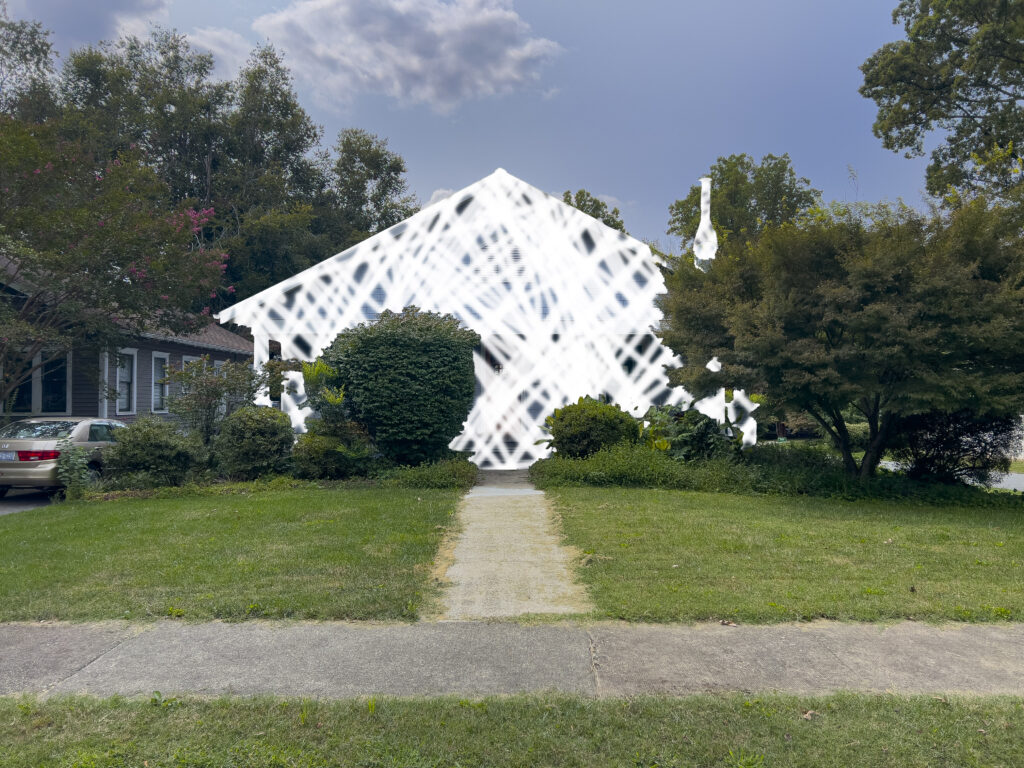
I purchased a home for the first time in my life last summer. Or rather, the bank that sold me a loan purchased a Craftsman style Bungalow built in 1921 in Greensboro, North Carolina and I paid a (mostly borrowed) down payment. My father always said “You need to spend money to make money” but I’ve always avoided debt and “investment” like the plague; I moved across an ocean to a country with socialized medicine, among other reasons, to avoid ever being caught in a spiral of medical debt. I’ve never owned property before, never lived anywhere for more than 10 years, never felt comfortable enough to put down roots in a place by signing (almost) everything I own on the dotted line. Now this place belongs to me (to us, I bought it with my husband), according to the deeds and the assessors and the property records books. The bank takes money out of my account monthly and will continue to do so for 30 years. Until I’m past the age of retirement. I’m supposed to feel newfound freedom as a bonafide homeowner, but mostly, I feel that weight.
New Blood
published on : September 9, 2024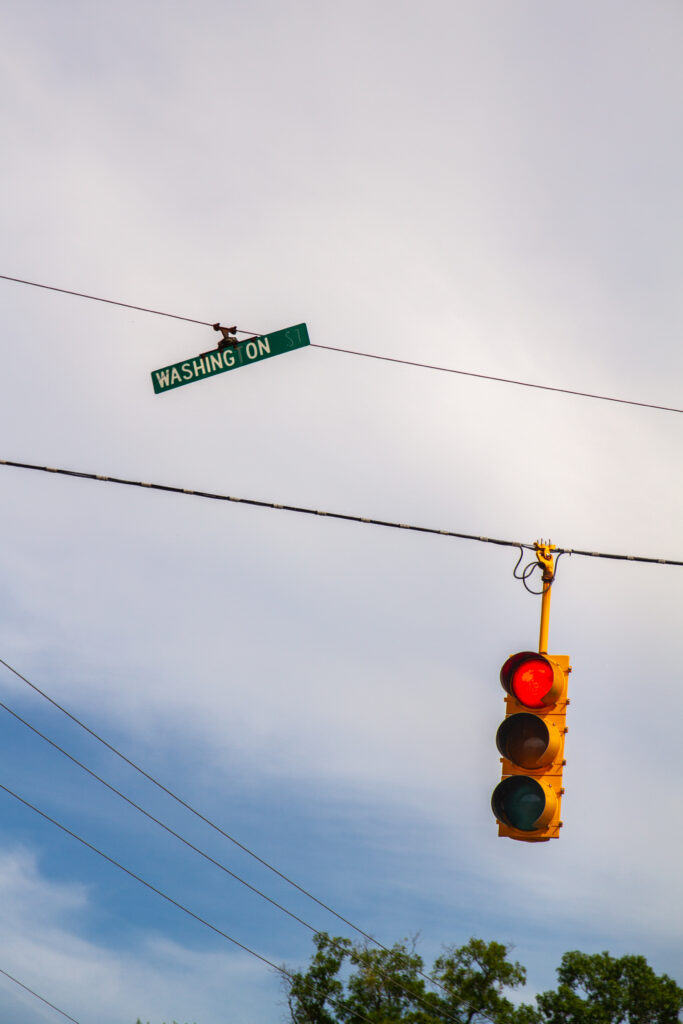
Droit au Mur
published on : July 1, 2024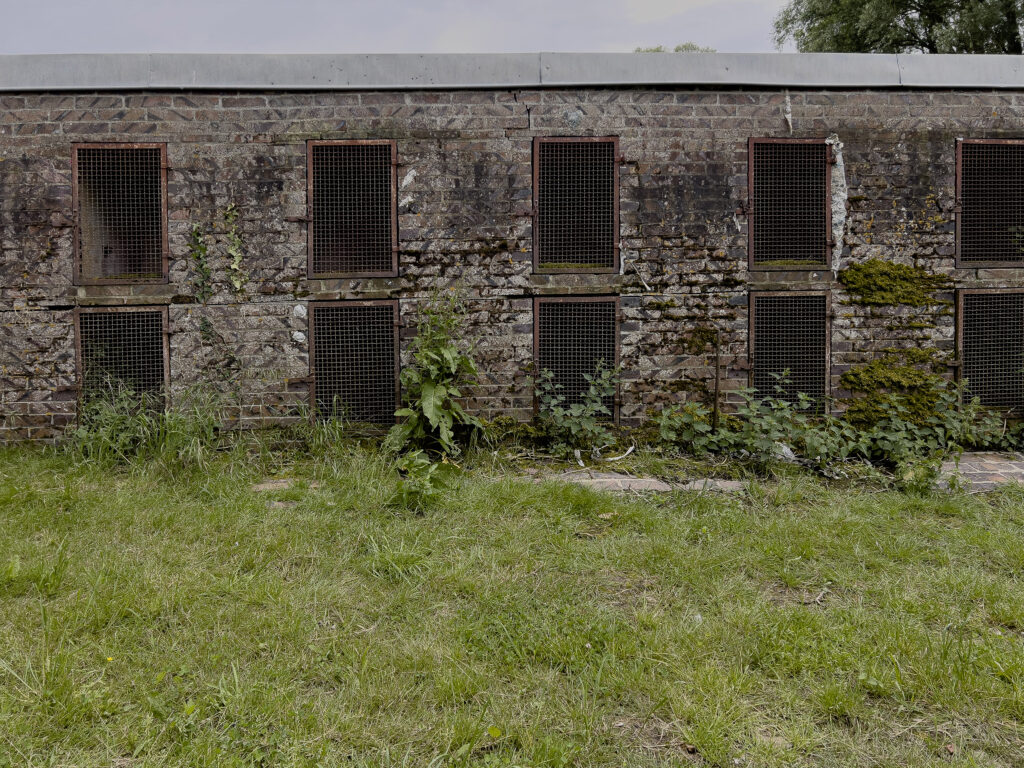
Half
published on : June 3, 2024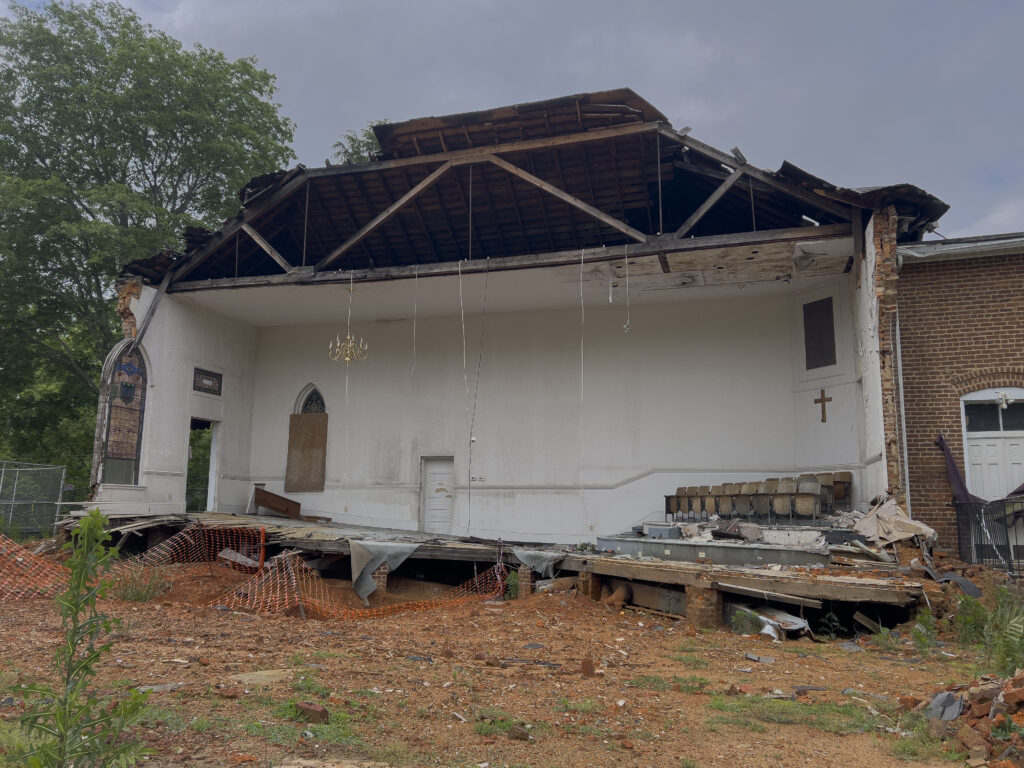
Biography
Kasia Ozga is a Polish French American sculptor and installation artist most recently based in Greensboro, NC. She reuses, revalues, and reanimates mass-produced materials into singular artworks and inverts associations we make with different types of waste. Ozga is a former Kosciuszko Foundation Fellowship recipient, Harriet Hale Woolley grantee from the Fondation des Etats-Unis, Jerome Fellowship recipient at Franconia Sculpture Park, and Paul-Louis Weiller award recipient from the French Académie des Beaux-Arts. Her work has been exhibited in over 15 different countries and she has participated widely in residencies in Europe and North America (Shakers, Nekatoenea, Pépinières Européennes de Création, ACRE, KHN). Currently an Assistant Professor of Sculpture at UNCG, Ozga holds a Ph.D. from the University of Paris 8, an M.F.A. from the Jan Matejko Academy of Fine Arts in Krakow, and a B.F.A. from the SMFA at Tufts University, Boston.